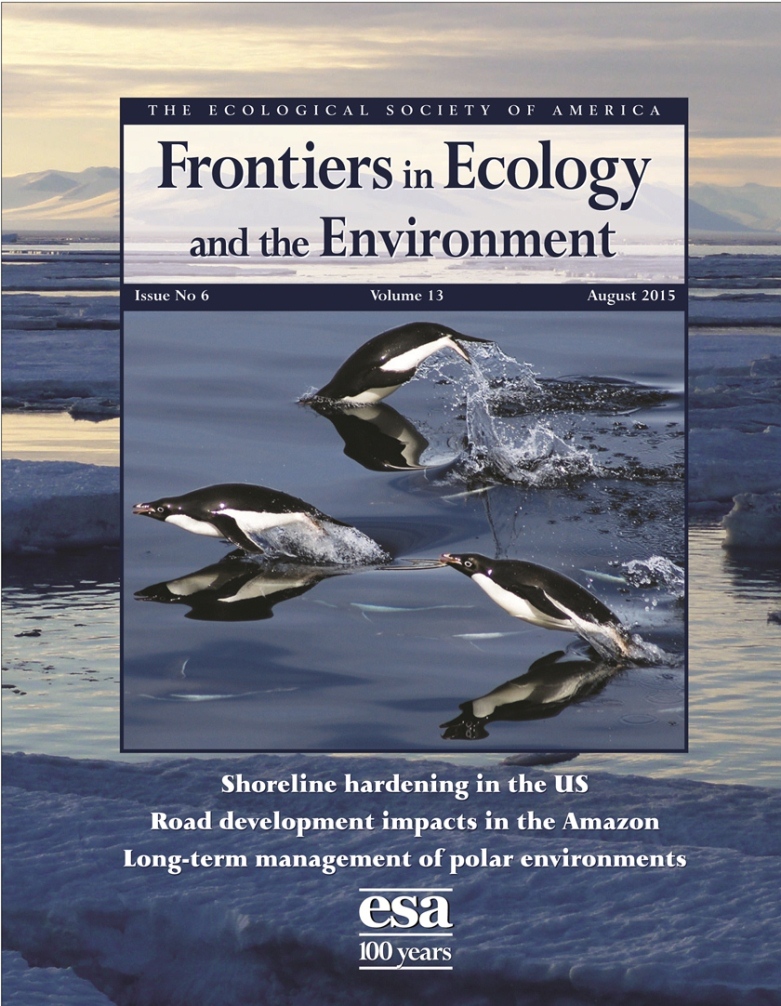
Telecoupling ecosystem services through China’s prodigious N-S Water Transfer Project
The power of modern technology has made it possible to transport the benefits of ecosystems for human societies (ecosystem services) far from the source. In the February 2016 issue of Frontiers in Ecology and the Environment, Jianguo Liu and colleagues examine the consequences in a very dramatic example, China’s enormous South-North Water Transfer Project, designed conduct water from the Yangtze…










